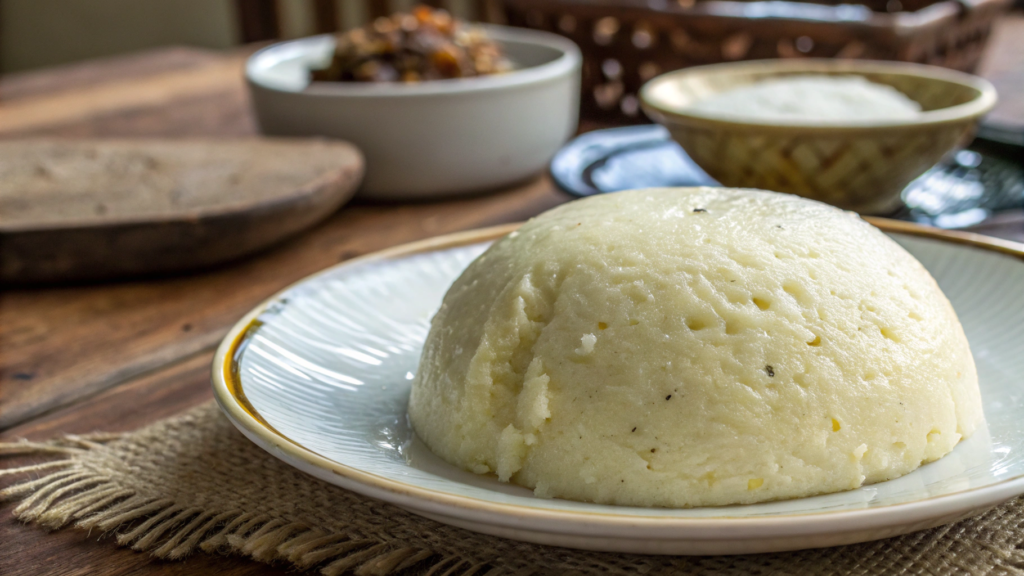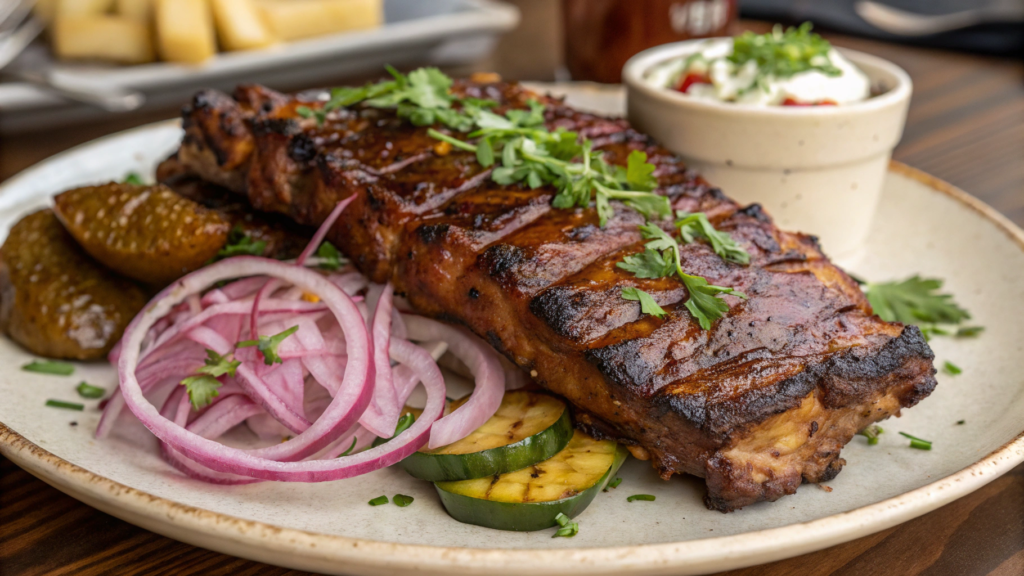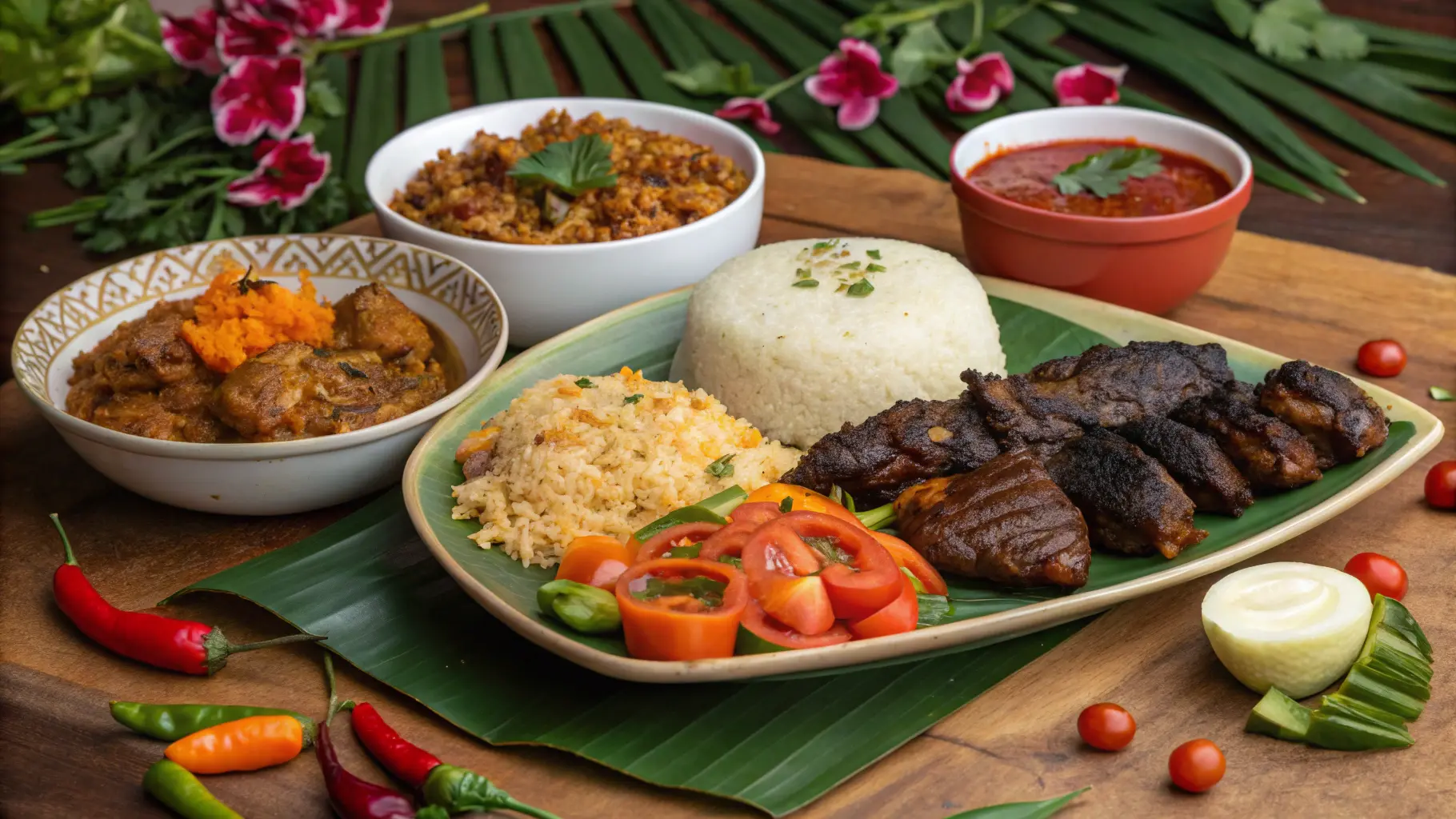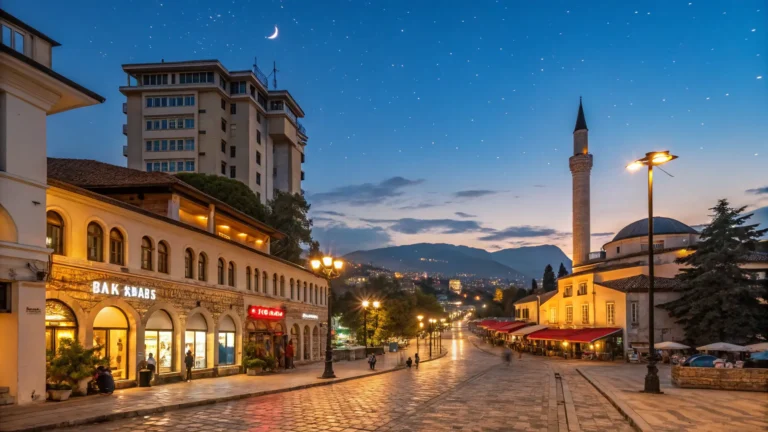Tanzania Food Best Traditional Tanzanian Cuisine & Foods
Last updated on June 16th, 2025 at 07:18 pm
Picture this: March 2020, right before the world went crazy. I’m standing in a cramped kitchen in Mwanza, sweating bullets while a sixty-year-old grandmother named Bibi Mwalimu yells at me in Swahili for burning her precious spices. Again.
My Airbnb host had connected me with her neighbor, promising I’d learn “real Tanzania food, not tourist nonsense.” What she didn’t mention was that Bibi had zero patience for clumsy Americans who couldn’t tell cardamom from cinnamon by smell alone.
But man, those three days changed everything I thought I knew about African cuisine. Before that trip, my idea of Tanzania food was whatever generic “African restaurant” existed in my hometown – which, let’s be real, probably wasn’t even close to authentic.
What I discovered was this incredible world where every single meal feels like a celebration, where spices tell stories going back hundreds of years, and where refusing a second helping is basically considered rude. I gained eight pounds in two weeks and regret absolutely nothing.
Table of Contents
Why Tanzania Food Hits Different Than Anything Else
Listen, I’ve eaten my way through dozens of countries, but Tanzanian cuisine just operates on another level entirely. It’s like someone took the best parts of Indian, Arabic, and African cooking traditions, threw them into a pot together, and said “let’s see what magic happens.”
The crazy thing? Most people have never heard of it. Everyone knows about Ethiopian injera or Moroccan tagines, but mention Tanzanian pilau and you get blank stares. That’s honestly their loss, because this food culture is absolutely phenomenal.
What makes it so special:
- Each region tastes completely different – coastal vs. mountain food might as well be separate countries
- Fresh ingredients are everything – no shortcuts, no preservatives
- Cooking methods passed down through families for generations
- Spice combinations that’ll blow your mind but won’t destroy your taste buds
- Community eating is the norm – meals are social events, not solo activities
My Epic Fail With Ugali (And Why You Shouldn’t Give Up)
Real talk – ugali intimidated the hell out of me at first. This thick, white cornmeal paste that locals eat with literally everything looked about as appetizing as library paste. I couldn’t understand the hype.
Then Bibi showed me the secret. Ugali isn’t meant to have flavor by itself – it’s your edible spoon for all the incredible sauces, stews, and curries that make Tanzania food legendary. Think of it like tortillas in Mexican food or rice in Asian cuisine.
My first attempt was catastrophic. I made it too watery, then overcompensated and created something with the consistency of cement. Bibi just shook her head and muttered something in Swahili that definitely wasn’t complimentary.
But once I got the hang of it? Game changer. Rolling that perfect little ball of ugali, using it to scoop up some rich beef stew or spicy vegetables – suddenly I understood why Tanzanians eat this stuff daily.


Ugali survival tips from someone who failed spectacularly:
- Start with less water than you think you need
- Stir constantly or you’ll get lumps from hell
- Your arm will hurt – this is normal
- Don’t panic if it seems too thick at first
- Practice makes perfect (took me literally fifteen tries)
Rice That Made Me Question Everything I Thought I Knew
Before Tanzania, I thought rice was just rice. Boy, was I wrong. Tanzanian cooks turn this simple grain into absolute artwork, and pilau is their masterpiece.
I watched Bibi make pilau from scratch, and it was like watching a conductor lead an orchestra. Every spice added at precisely the right moment, the rice toasted until it smelled like heaven, the broth added slowly while she stirred with moves that would make a professional chef jealous.
The version she made included chunks of tender goat meat that had been simmering for hours. Each grain of rice was separate and perfectly seasoned, fragrant with cardamom and cinnamon but not overwhelming. I literally asked for the recipe three times because I couldn’t believe something so complex could come from such basic ingredients.
Wali wa nazi (coconut rice) was another revelation. This isn’t your typical coconut rice from Thai restaurants – it’s richer, creamier, with this subtle sweetness that makes you want to eat it straight from the pot. I may have done exactly that when no one was looking.
Different rice styles I discovered:
- Pilau – the fancy stuff for special occasions
- Wali wa nazi – coconut heaven from the coast
- Plain wali – simple steamed rice done perfectly
- Mchuzi wa samaki – rice with fish curry that’ll ruin you for life
Street Food Adventures (And One Very Embarrassing Stomach Situation)
Okay, confession time. Despite all my travel experience, I was terrified of eating street food in Tanzania. All those warnings about traveler’s diarrhea had me paranoid, so I stuck to “safe” restaurant food for my first week.
What a mistake. The best Tanzania food isn’t hiding in fancy restaurants – it’s being made by vendors who’ve been perfecting their recipes for decades, right there on the street corners where locals actually eat.
My breakthrough moment happened in Dar es Salaam when I smelled something so incredible that I literally stopped mid-conversation and followed my nose like a cartoon character. This young guy was making mandazi (Tanzanian donuts) in a giant vat of oil, and they were disappearing as fast as he could make them.
One bite and I understood why. These aren’t your sugar-loaded American donuts – they’re subtly sweet, perfectly chewy, and absolutely perfect with a cup of spiced tea. I ended up eating four of them while having a broken English/Swahili conversation with the vendor about his grandmother’s recipe.
Mishkaki became my other obsession. These beef skewers marinated in some magical spice blend and grilled over charcoal are basically Tanzanian barbecue perfection. The meat is tender, smoky, and packed with flavors I still can’t identify completely.
Street foods that changed my life:
- Mandazi – better than any donut chain, fight me
- Mishkaki – kebabs that put your backyard BBQ to shame
- Chapati – flatbread that’s perfect for everything
- Samosa – crispy triangles of pure joy
- Vitumbua – sweet rice cakes for breakfast champions
Spice Markets: Paradise for Food Lovers, Hell for Indecisive People
The spice markets in Stone Town nearly broke my brain. Imagine every incredible smell you’ve ever encountered concentrated into a few narrow alleyways, with vendors calling out prices in three different languages while tourists stumble around looking overwhelmed.
That was definitely me on day one. I bought random spices without any plan, spent way too much money, and came home with ingredients I had no clue how to use properly. Classic tourist mistake.
But here’s what I learned after talking to actual locals: Tanzanian cooking isn’t about using every spice imaginable. It’s about understanding how specific combinations work together to create complex flavors without overwhelming your palate.
The essential spices that show up in practically everything:
- Cardamom (green pods are milder, black ones pack more punch)
- Cinnamon bark (not the powder stuff)
- Whole cloves (a little goes a long way)
- Cumin seeds (toast them first for better flavor)
- Coriander seeds (fresh is everything)
Pro tip from my expensive mistakes: Start with pre-made spice blends like pilau masala until you understand the flavor profiles. Then experiment with making your own once you know what you’re aiming for.
Grilled Meat That Ruined Me for American BBQ Forever
Nyama choma literally translates to “roasted meat,” but that description doesn’t do it justice. This is grilled meat elevated to an art form, and once you’ve had the real deal, American BBQ just tastes bland in comparison.
The best nyama choma experience of my trip happened at this hole-in-the-wall place outside Arusha where the owner had been using the same marinade recipe for twenty-five years. The goat meat was so tender I could cut it with a fork, infused with smoky flavors from hours over charcoal, and seasoned with spices that made my taste buds do a happy dance.
What makes it special isn’t just the meat – it’s the entire experience. You sit at plastic tables under string lights, cold beer in hand, watching the cook tend to the grill while locals debate football matches and share stories. It’s communal, relaxed, and absolutely delicious.
Coastal areas do incredible things with seafood too. Fresh fish grilled with coconut and spices, prawns bigger than my thumb cooked in curry sauce, octopus prepared in ways that actually make it tender instead of chewy rubber.


Protein adventures worth trying:
- Goat nyama choma (don’t knock it until you try it)
- Fish curry with coconut milk
- Beef mishkaki with proper marinade
- Chicken prepared with traditional spices
- Bean stews that satisfy even dedicated carnivores
Drinks That Put Coffee Shop Chai to Shame
Tanzanian chai isn’t the sweet, milky stuff you get at Starbucks. This is serious tea business, brewed with fresh spices and enough care to make it a meditation practice.
I spent an entire afternoon learning proper chai technique from a family in Moshi, and it was surprisingly complex. The milk has to be heated just right, spices added in a specific order, and the whole thing simmered until it reaches this perfect balance of strong tea, aromatic spices, and creamy sweetness.
Each family has their own blend, passed down through generations. Some use more cardamom, others prefer extra ginger, and everyone swears their version is the best. Honestly, I never had a bad cup, so they might all be right.
Fresh fruit juices opened up a whole new world too. Passion fruit juice that actually tastes like passion fruit, not artificial flavoring. Baobab juice that’s supposed to be incredibly healthy and actually tastes good. Tamarind juice that’s sweet, sour, and addictive all at once.
Cooking Tanzania Food at Home (Spoiler: It’s Harder Than It Looks)
Coming home from that trip, I was determined to recreate every amazing meal I’d experienced. Reality check: it took months of trial and error to make anything remotely close to what I’d eaten in Tanzania.
The biggest challenge? Finding authentic ingredients. That “African spice blend” from the regular grocery store tastes nothing like what I experienced overseas. You need to track down proper African markets or order online from specialty suppliers.
Ugali seems simple but requires technique. Too much water and it’s soup. Too little and you’ve made concrete. The stirring motion matters. The timing matters. Everything matters, apparently.
My pilau attempts were disasters for weeks. Wrong rice, wrong spice proportions, wrong cooking method – basically wrong everything. But gradually, with lots of practice and YouTube videos made by actual Tanzanian grandmothers, I started getting closer to the flavors I remembered.
Hard-learned lessons for home cooking:
- Buy whole spices and grind them yourself
- Good coconut milk makes a massive difference
- Practice ugali until your arm muscles remember the motion
- Start with simple dishes before attempting complex ones
- Don’t be afraid to ask questions in African grocery stores
What Tanzania Food Taught Me About Real Hospitality
Here’s the thing that stuck with me most: every single meal in Tanzania felt like a gift. Not because the food was free (though locals did feed me constantly), but because of the genuine care that went into preparing and sharing it.
Bibi spent three days teaching a complete stranger her family recipes, not because I paid her, but because she believed food traditions should be shared. Random people invited me to join their meals just because I looked curious about what they were eating.
That generosity changed how I think about cooking and hosting. Now when I make Tanzania food at home, I always make extra. I invite neighbors over. I turn dinner into an event instead of just fuel for the day.
The spices, techniques, and recipes are amazing, but the real magic of Tanzania food is how it brings people together. Whether you’re sharing ugali from a communal bowl or teaching someone to roll it properly, you’re participating in something bigger than just eating.
That connection – that’s what I try to recreate every time I fire up the stove and fill my kitchen with the smell of cardamom and cinnamon. Because Tanzania food isn’t just about satisfying hunger. It’s about creating moments that make life richer, more connected, and infinitely more delicious.
Have you ever had food that completely changed your perspective on a culture? Drop a comment and tell me about your most memorable meal – I love hearing other people’s food adventure stories!







